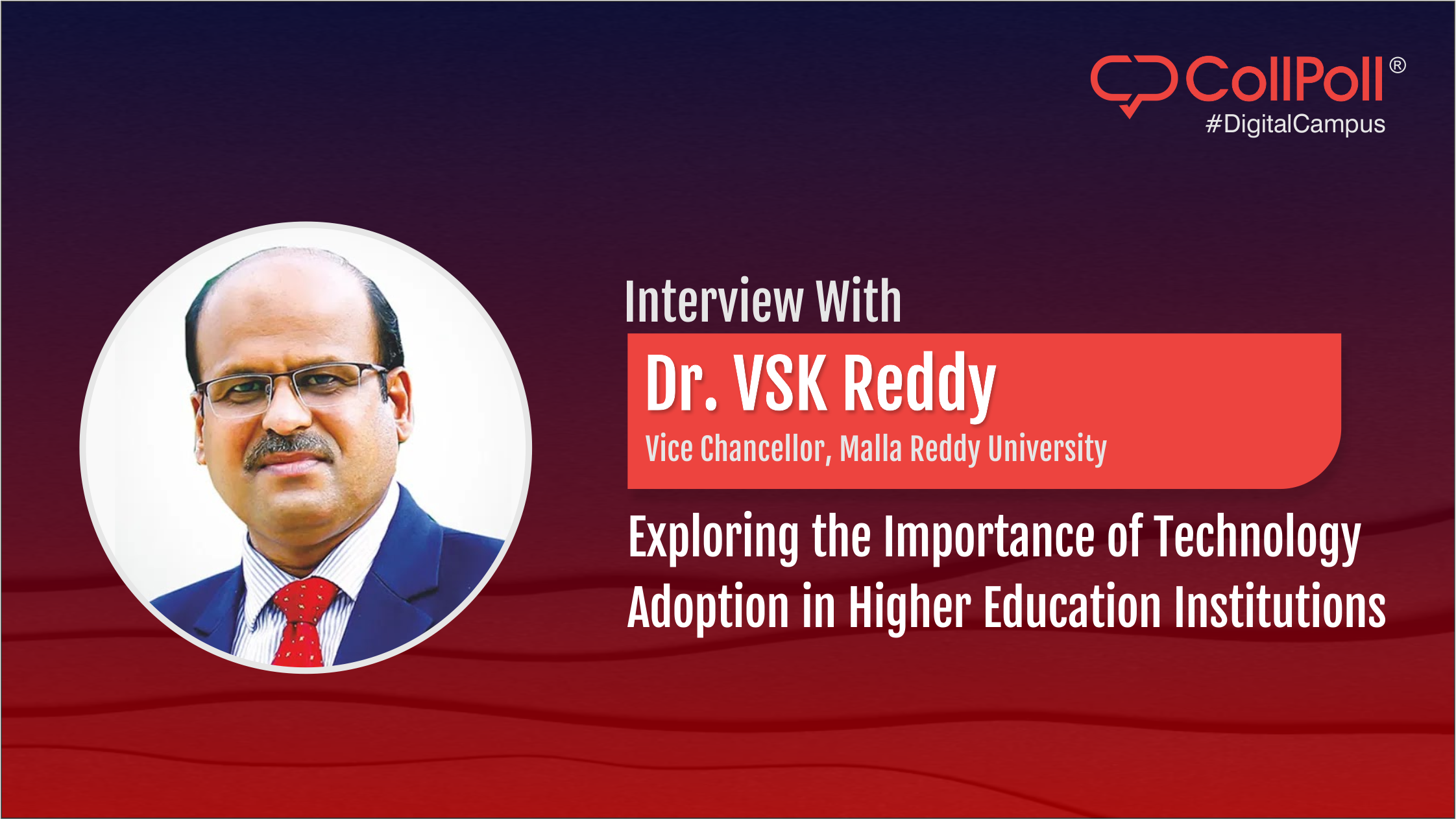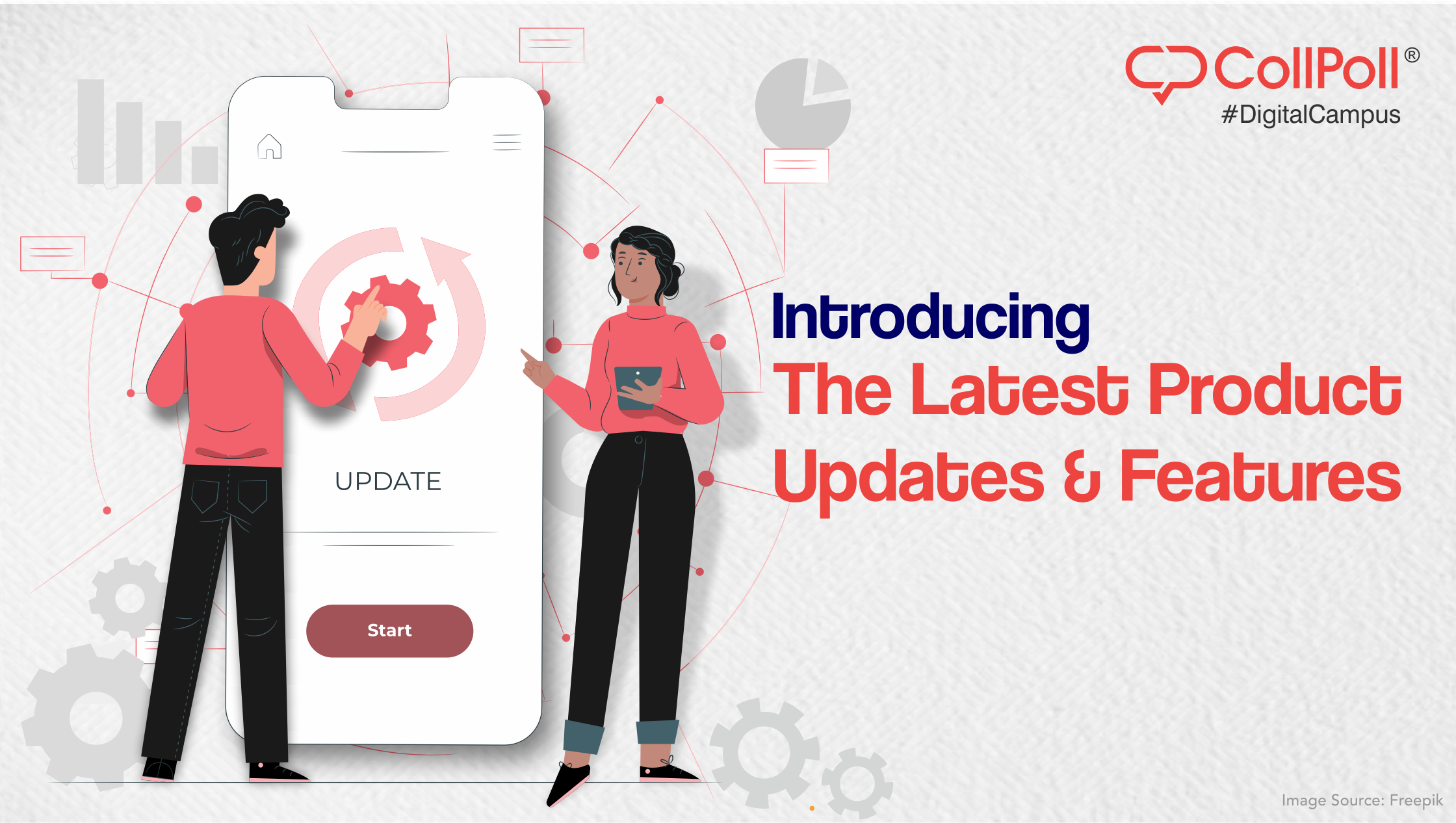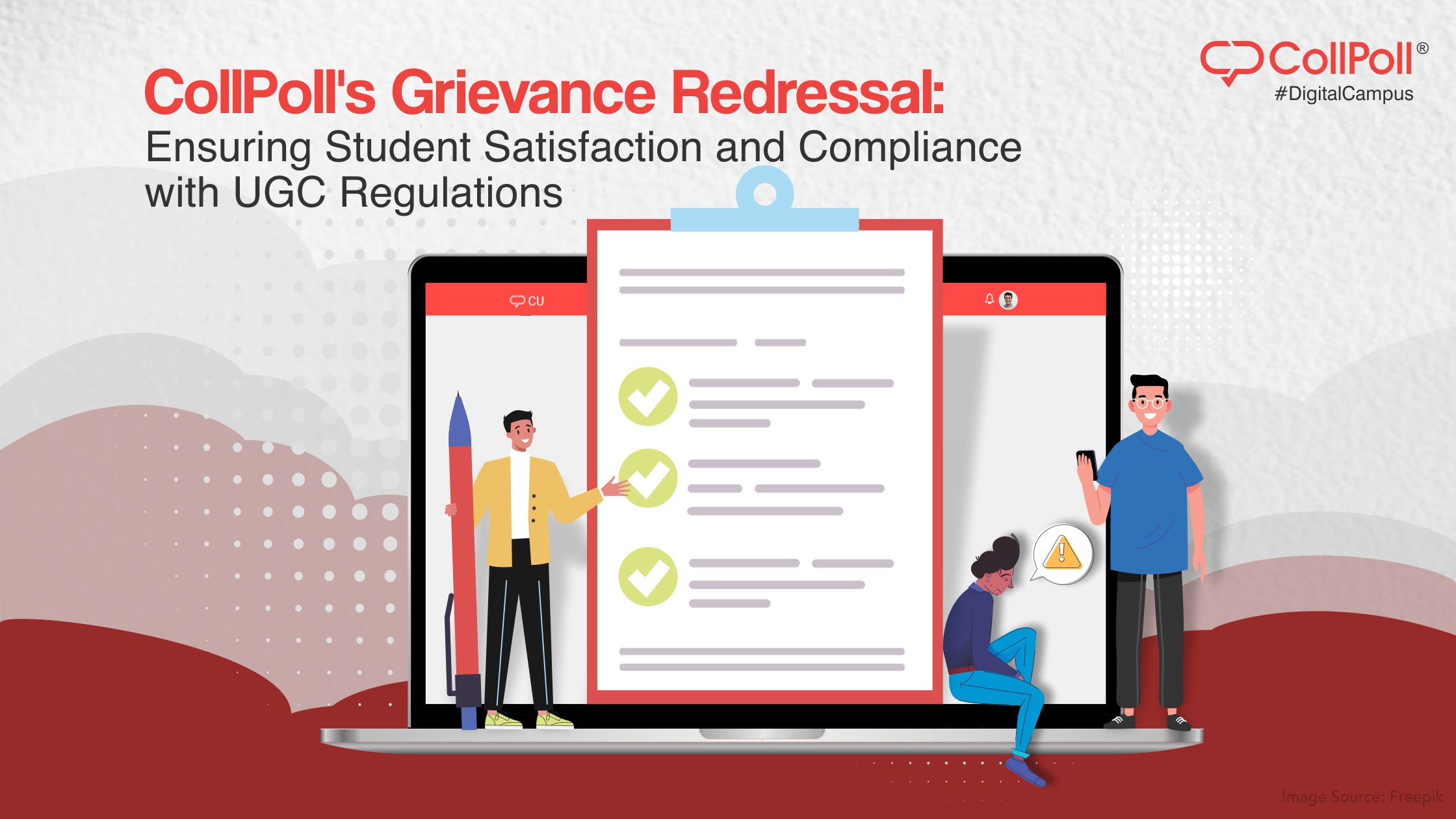(This article was originally published in PCQuest Magazine)
The Indian Higher Education sector is one of the largest in the world housing more than 39 million students across over 50,000 institutions. Since the onset of the pandemic, the education sector has seen a massive transformation in operations as well as teaching and learning processes. To make ends meet, institutions quickly jumped to ad hoc usage of technology, majorly online classes. Such temporary solutions sure helped institutions for a limited time frame but the effectiveness of such unplanned use of technology is highly questionable.
Since institutions have now learned from their experiences of over a year and with stabilized cash flows, they are now looking forward to systematic and long-term technology adoption. The make-shift solutions are expected to be replaced by more evolved SaaS platforms to lead the transition of physical campuses into a digital campus. Such SaaS platforms transform closed transaction-based IT into an open, engagement-based mobile ecosystem for administrators, faculty, and students, among other stakeholders. They support seamless collaboration between stakeholders, collapse information barriers, and provide deep insights to the institute’s leadership for decision-making to improve both quality and outcomes.
These 5Cs explain why educational institutions will adopt comprehensive specialized enterprise-grade SaaS solutions:
Competition
The higher education landscape has seen a shift in the demand and supply dynamics in recent years. When the demand was high, institutions didn’t care much about the overall quality since admissions would have happened easily. This was one of the key reasons behind the slow adoption of technology as it was a mere good-to-have vitamin. But now, the availability of quality choices for students is increasing the competition. Moreover, the New Education Policy is now paving the way for foreign institutions to set up campuses in India, further increasing the competition. Therefore, institutions can no longer afford to stay away from the progressive use of technology to differentiate themselves.
Technology will also enable institutions to tap into a larger student base without the need to spend much on physical infrastructure. A perfect example is of a person living in the small town of Rajasthan but studying in an institution of choice in Maharashtra.
Complexity
The Indian education system has leapfrogged into a new era with the introduction of the New Education Policy. However, the real test will be in implementing the recommendations such as Multiple Learning Pathways, Choice-based Credit System, Multi Entry-Exit Points, and Academic Bank of Credits, among others. Implementing each one of them requires orchestrating a series of complex activities which can’t be achieved by the mere addition of resources. Institutions can use technology to plan and manage all such processes so that they can focus on what really matters – teaching and research activities.
Compliance
The Government announced this year that institutions ranking in the top 100 NIRF or scoring 3.26 in NAAC are eligible to offer online degrees. This further increases the importance of accreditations and rankings done by regulatory bodies as well as global private organizations, which tend to require consolidated databases regularly to assess the educational institutions on numerous parameters. The exhaustive documentation process is something that becomes a daunting task to manage in a given time frame. Departments have been managing compliances in silos, with a huge scope of human error in preparing reports and concerns of data leakage. Thus, to streamline the compliance process, UGC has asked institutions to simplify methods in administration and finance, build a centralized data repository and bring automated systems for accounting. As a result, a comprehensive SaaS platform becomes a one-stop solution to implement these reforms and manage compliances effectively.
Customer Experience
According to a Bloomberg report, India’s Gen Z population stands at 472 million, with over 32% of Gen Z using mobile devices for transactions. The usage of devices, as well as enrolment in higher education institutions, is highest among this generation. Clearly, the smart generation needs smart technology for digital education. The digitally native generation needs access to everything from their screens, freedom to design their own curriculum, and simple ways to complete a task in a few clicks. It is more likely for students to complete processes, make payments, and provide feedback on time if they are given the option of mobile devices. Hence, access to digital infrastructure is the key to managing a huge student population and accommodating the Gen Z characteristics.
Costs
With the rising competition and complexity, marketing and administration spending are at an all-time high. Moreover, institutions are investing heavily in acquiring quality content, recruiting quality professors, and engaging industry experts to enhance learning outcomes and ensure student success. Except for a few institutions that can command high fees, most of the institutions are finding it difficult to meet the new expectations with existing budgets. Being a highly regulated space, there are not many institutions that can do it on the fees side.
Technology has been already used in the industry for decades to reduce costs. It is high time for educational institutions to follow suit. Some of the simplest ways technology make this possible are reducing administrative costs, improving the decision-making process especially on budget allocation and utilization, and effective use of existing physical infrastructure.
India is going through a “Digitization’ phase – every business, small or large, needs to digitize itself, to offer a great customer experience to its users, and improve operations. Educational Institutions and colleges are no different. The better ones have realized they are serving the Gen Z customers who have grown up on the mobile internet and want a seamless and easy experience. Administrators also want the ability to manage their back-office operations, the student population, and all administrative functions through state-of-the-art, modern software.





